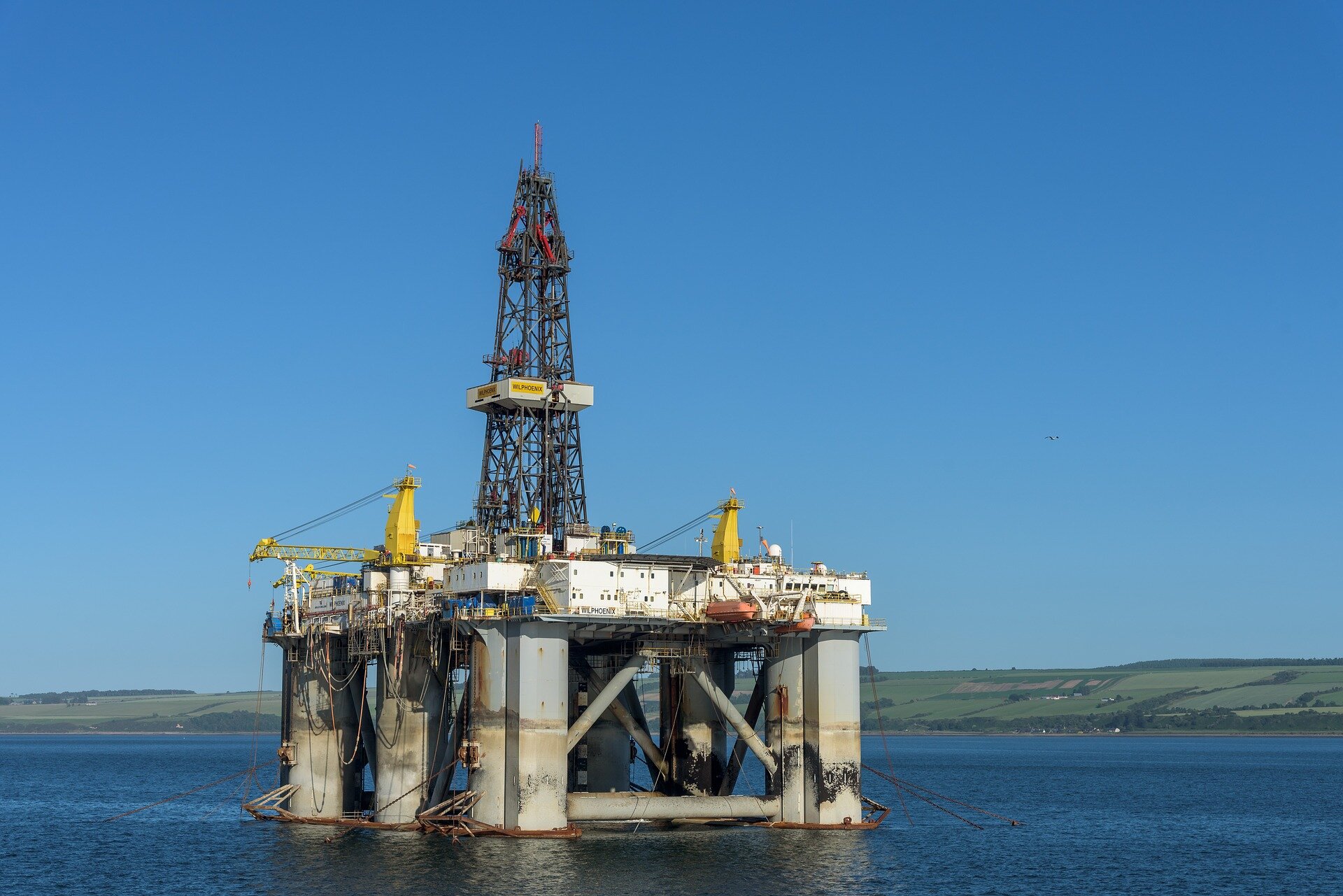#Stepwise inversion method to profile near-borehole formation velocities

“#Stepwise inversion method to profile near-borehole formation velocities”

The radial heterogeneity of near-wellbore formation, usually manifested as the variations of formation wave velocities in radial position, is encountered in petroleum exploration and production. Mapping radial variations of formation velocities is significant in identifying invaded zones and determining rock properties, which are valuable for engineering measures.
Inversion methodologies are the main methods to determine radial wave velocity profiles. For monopole acoustic well logging, the calculation on arrival time of the waves is required in profiling the P-wave velocity, which is unstable and inaccurate in processing field data with noise.
Recently, researchers from the Institute of Acoustics of the Chinese Academy of Sciences (IACAS) proposed a stepwise inversion method based on monopole acoustic well logging data to radially profile the near-borehole formation velocities.
The inversion method did not require calculation on the arrival time of waves, thus mitigating the inaccuracy in processing field data with noises. In addition to profiling formation P-wave velocity, the proposed methodology also could be applied in mapping formation S-wave velocity.
Instead of inverting the formation velocity variation and its corresponding radial position simultaneously as traditional methods do, the researchers divided the inversion procedure into two steps: extracting the velocity array by semblance processing of contiguous receiver pairs of acoustic array data, and then getting the thickness of the layer (radial position) based on ray theory.
The inversion results from Step 1 could be used to guide the operation and decide whether Step 2 was necessary.
The modeling-based inversion results and the application to field data indicated the efficiency and accuracy of the stepwise inversion method. With its fast speed and stability in calculation, this work could provide real-time data processing results in the oilfield.
The research, published in the Journal of Petroleum Science and Engineering, was supported by the National Natural Science Foundation of China.
Ying Liu et al. Radial profiling of near-borehole formation velocities by a stepwise inversion of acoustic well logging data, Journal of Petroleum Science and Engineering (2020). DOI: 10.1016/j.petrol.2020.107648
Citation:
Stepwise inversion method to profile near-borehole formation velocities (2020, September 29)
retrieved 29 September 2020
from https://phys.org/news/2020-09-stepwise-inversion-method-profile-near-borehole.html
This document is subject to copyright. Apart from any fair dealing for the purpose of private study or research, no
part may be reproduced without the written permission. The content is provided for information purposes only.
For forums sites go to Forum.BuradaBiliyorum.Com
If you want to read more Like this articles, you can visit our Science category.


